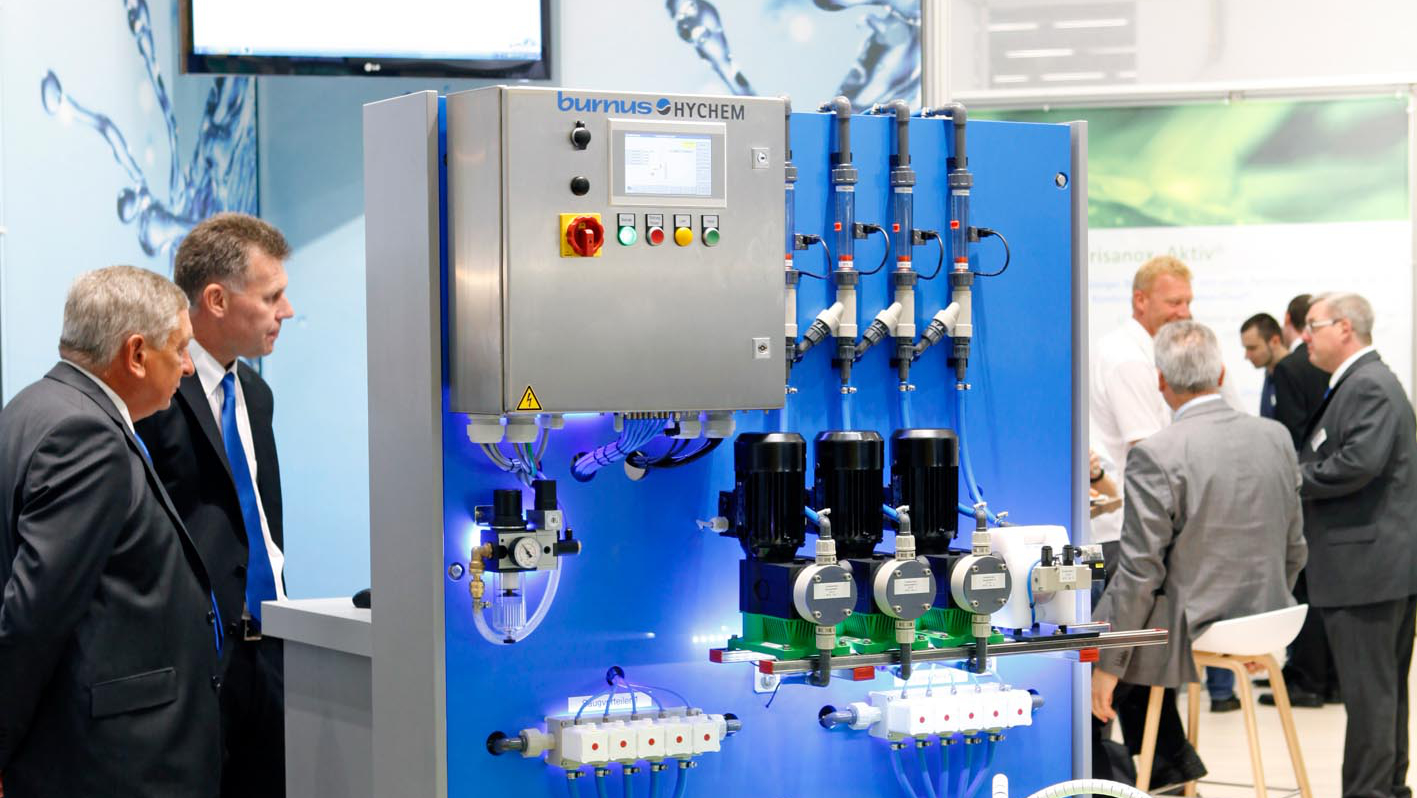September 2023
Professionals have been working for several years, and are still working, to optimise the environmental care of clothing and textile articles. While there is no such thing as zero impact, improving processes (in manufacturing or maintenance) that use only the resources that are strictly necessary and sufficient is an important step for companies towards sustainability. As long as the right quality is strived for at the same time, solutions that have as little impact on the environment as possible are preferred. What solutions are available and how companies can position themselves more sustainably is also shown by the worldwide Texcare events.
Going green is everyone's business
Whether we're talking about small-scale or industrial textile care, it's important to remember that this activity is essentially eco-responsible in that it extends the life of textile products. Energy and water consumption, the issue of discharges of hazardous substances into water (RSDE) have long been the focus of attention for launderers and dry cleaners.
"As far as equipment suppliers are concerned, solutions have been implemented for many years to optimise energy and water consumption. The arrival of washing tunnels in industrial laundries has drastically reduced water consumption, with extremely efficient recycling systems. Energy savings are made possible by various energy recovery solutions using heat exchangers. Product suppliers have adapted to the new regulations, offering optimised formulations tailored to the laundry being treated. There are ranges of detergent products that have made it possible to lower washing temperatures, while being more environmentally friendly", points out the Research Institute for Maintenance and Cleaning CTTN (l'Entretien et le Nettoyage) in issue 293 of its digital magazine ETN. "At the same time, the industry has been able to adapt to new customer needs and new regulations. In the case of dry cleaners, new textiles, the arrival of new solvents and the development of wet cleaning have significantly changed their working methods, with more demanding finishing work in some cases, a different organisation, and more precise maintenance of equipment in general. […]"
A look at dry cleaners and laundries
The negative effects of washing with water on the environment are well known. Aquanettoyage (or 'wet cleaning') and dry cleaning both have their pros and cons, but it goes without saying that neither is free of environmental impact. Whether at home, the launderette or the dry cleaners, the consequences are much the same. Machine washing is extremely water and energy intensive. On average, 14% of the energy consumed by a German household is directly attributable to the washing machine and dryer.[1] However, by choosing a launderette, wet cleaning or dry cleaning, households can reduce their ecological impact compared to washing at home. The machines used by professionals consume much less water and energy than those used by the general public.
The issue of microplastics
Detergents are not the only pollutants found in the water released by wet cleaning. Every time a washing machine is running, millions of microfibres are released from the textiles (mainly garments made of polyester, acrylic, elastane or polyamide) into the water. Too small to be filtered by water treatment plants, they end up in the oceans. Every year, Europe releases no less than 13,000 tonnes of textile microfibres into its surrounding seas. But France has launched a project to install plastic microfibre filters in washing machines, a world first designed to combat ocean pollution. From 1 January 2025, new washing machines sold in France, both to professionals and private individuals, will have to be fitted with filters designed to prevent microscopic plastic fibres released by clothes during washing from passing into wastewater.
Not much is yet known about the new filter systems. At Texcare France 2023 and Texcare International 2024, new solutions from the textile cleaning industry will be presented and experienced.
[1] Source: Stromverbrauch von Trockner & Waschmaschine | co2online
To the worldwide Texcare eventsNote: The original article is with our colleagues at Texcare France.
Tags
- Industry news
